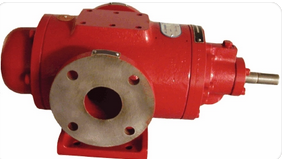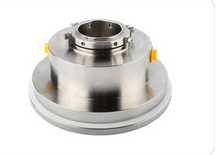The seal is typically located at the shaft of the screw pump where the rotating shaft exits the pump housing. It is designed to provide a barrier between the stationary parts of the pump and the rotating shaft, preventing fluid leakage along the shaft.
Gland packing seals involve the use of flexible material, such as braided fibers or graphite, wrapped around the shaft to create a seal. The packing material is compressed against the shaft using a gland follower, preventing fluid leakage.
Lip seals, also known as radial shaft seals, are typically made of rubber or elastomeric materials and have a lip-shaped design that creates a barrier against fluid leakage. They are commonly used in screw pumps for applications with lower pressures and speeds.
The selection of the appropriate seal type depends on factors such as the type of fluid being pumped, operating conditions (pressure, temperature), and the desired level of sealing performance.
Regular inspection and maintenance of the screw pump seal are important to ensure its effectiveness and prevent any potential leakage. This may involve monitoring seal wear, replacing worn seals, and checking for proper lubrication and sealing performance.








 Customer service 1
Customer service 1  Customer service 2
Customer service 2